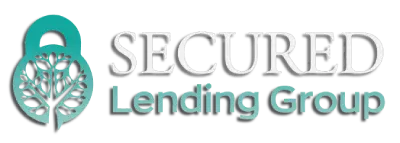When it comes to securing a mortgage, understanding the different types of loans available can be crucial to making the right choice for your financial situation. Two popular options are FHA loans and conforming loans. But what exactly are these loans, and how do they differ? In this blog post, we’ll break down the key features of each type of mortgage to help you decide which might be the best fit for you.
What is an FHA Loan?
An FHA loan, or Federal Housing Administration loan, is a government-backed mortgage designed to make homeownership more accessible for borrowers, particularly first-time homebuyers. Here are some key features of FHA loans:
1. Lower Down Payment Requirements
FHA loans typically require a down payment as low as 3.5%. This can make them an attractive option for those who may not have substantial savings.
2. Flexible Credit Requirements
FHA loans often have more lenient credit score requirements compared to conventional loans. Borrowers with credit scores as low as 580 may qualify for the 3.5% down payment, while those with scores between 500 and 579 may still qualify with a 10% down payment.
3. Mortgage Insurance Premium (MIP)
FHA loans require borrowers to pay a mortgage insurance premium, which protects lenders in case of default. This includes an upfront MIP and ongoing monthly premiums.
4. Loan Limits
FHA loans have specific loan limits that vary by county. This means there’s a maximum amount you can borrow, which is set based on the median home prices in the area.
What is a Conforming Loan?
Conforming loans are conventional mortgages that adhere to the guidelines set by Fannie Mae and Freddie Mac, two government-sponsored enterprises. Here are the main characteristics of conforming loans:
1. Higher Loan Limits
Conforming loans typically have higher loan limits than FHA loans, making them suitable for purchasing more expensive homes. The limit can vary by location, but it generally exceeds the limits set for FHA loans.
2. Stricter Credit Requirements
Borrowers seeking a conforming loan usually need a higher credit score—often 620 or above. This makes conforming loans a better option for those with strong credit histories.
3. No Mortgage Insurance for High Down Payments
If you can put down 20% or more, you won’t need to pay for private mortgage insurance (PMI), which can save you money in the long run.
4. Interest Rates
Conforming loans often offer competitive interest rates, especially for borrowers with good credit, making them a cost-effective choice for many.
Key Differences at a Glance
| Feature | FHA Loan | Conforming Loan |
| Down Payment | As low as 3.5% | Usually 5% or more |
| Credit Score | 580 (3.5% down) or 500 (10% down) | Typically 620 or higher |
| Mortgage Insurance | MIP required | PMI required if <20% down |
| Loan Limits | Varies by county, generally lower | Generally higher limits |
Which Loan is Right for You?
Choosing between an FHA loan and a conforming loan largely depends on your financial situation. If you’re a first-time homebuyer with a lower credit score or limited savings, an FHA loan may be your best option. On the other hand, if you have a higher credit score and can afford a larger down payment, a conforming loan could be more beneficial in terms of long-term costs.
Conclusion
Understanding the differences between FHA and conforming loans can empower you to make an informed decision when it comes to your mortgage. Always consider your unique financial situation, and don’t hesitate to consult with a mortgage professional who can guide you through the process.
If you’re ready to explore your options further, feel free to reach out to us for personalized assistance. Happy house hunting!






